America’s civil rights story unfolds across the landscape in powerful places where ordinary people made extraordinary choices that changed the course of history. These landmarks serve as tangible connections to struggles for equality and justice that shaped the nation we know today.
Walking through these sites offers something no textbook can provide – the chance to stand where history happened and feel the weight of courage that transformed communities and challenged unjust systems. Many of these places continue to evolve as living memorials where past events inform present conversations about equality and social justice.
Here is a list of 17 civil rights landmarks that every traveler should experience to understand America’s ongoing journey toward equality.
Lincoln Memorial
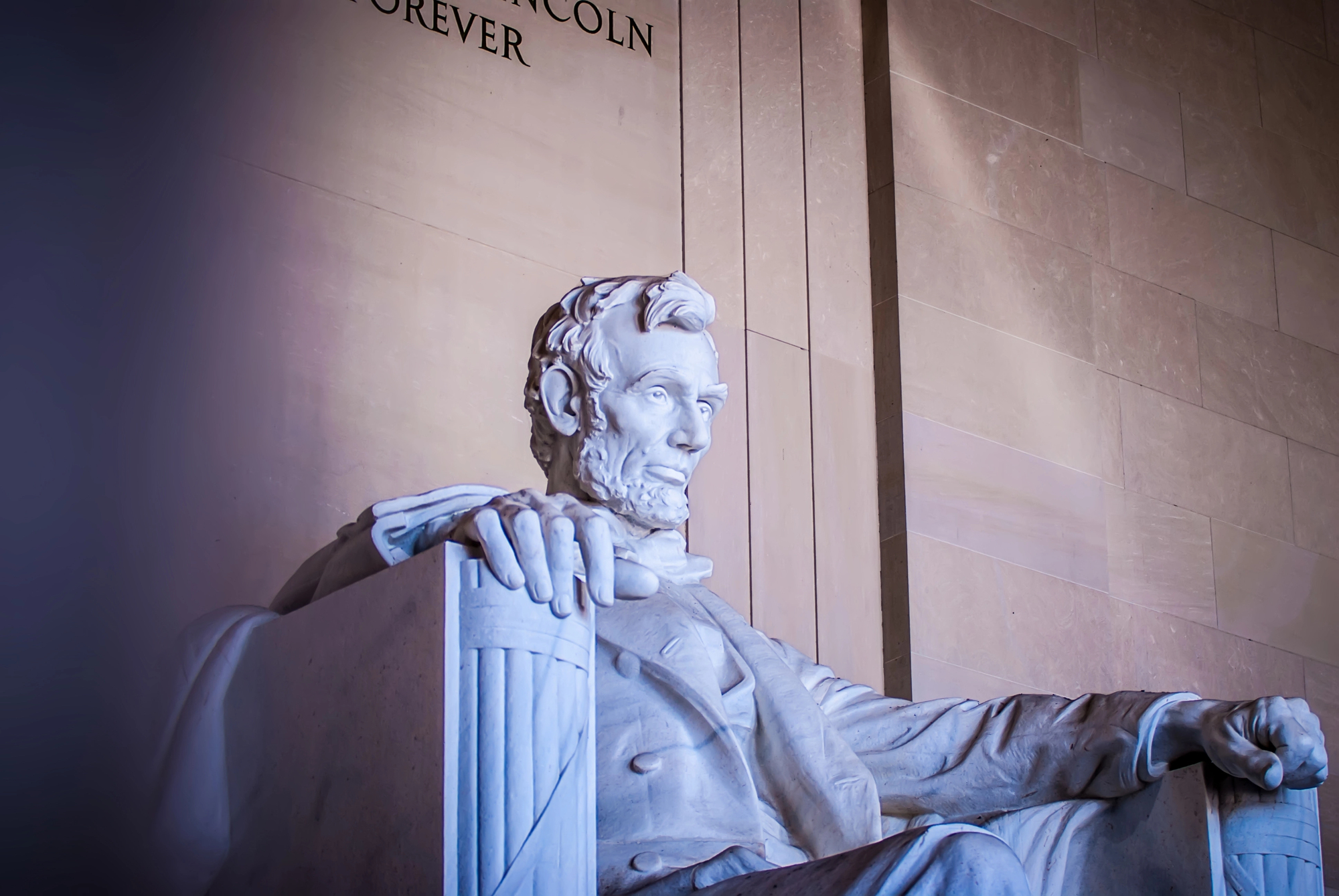
Washington D.C.’s Lincoln Memorial became the symbolic heart of the civil rights movement when Martin Luther King Jr. delivered his “I Have a Dream” speech from its steps in 1963. The massive marble structure overlooks the reflecting pool where 250,000 people gathered to demand jobs and freedom during the March on Washington.
Standing on those same steps today, visitors can see the exact spot where King challenged America to live up to its founding ideals. The memorial continues to host rallies and demonstrations, proving that the struggle for equality remains an ongoing conversation rather than a completed chapter.
Edmund Pettus Bridge
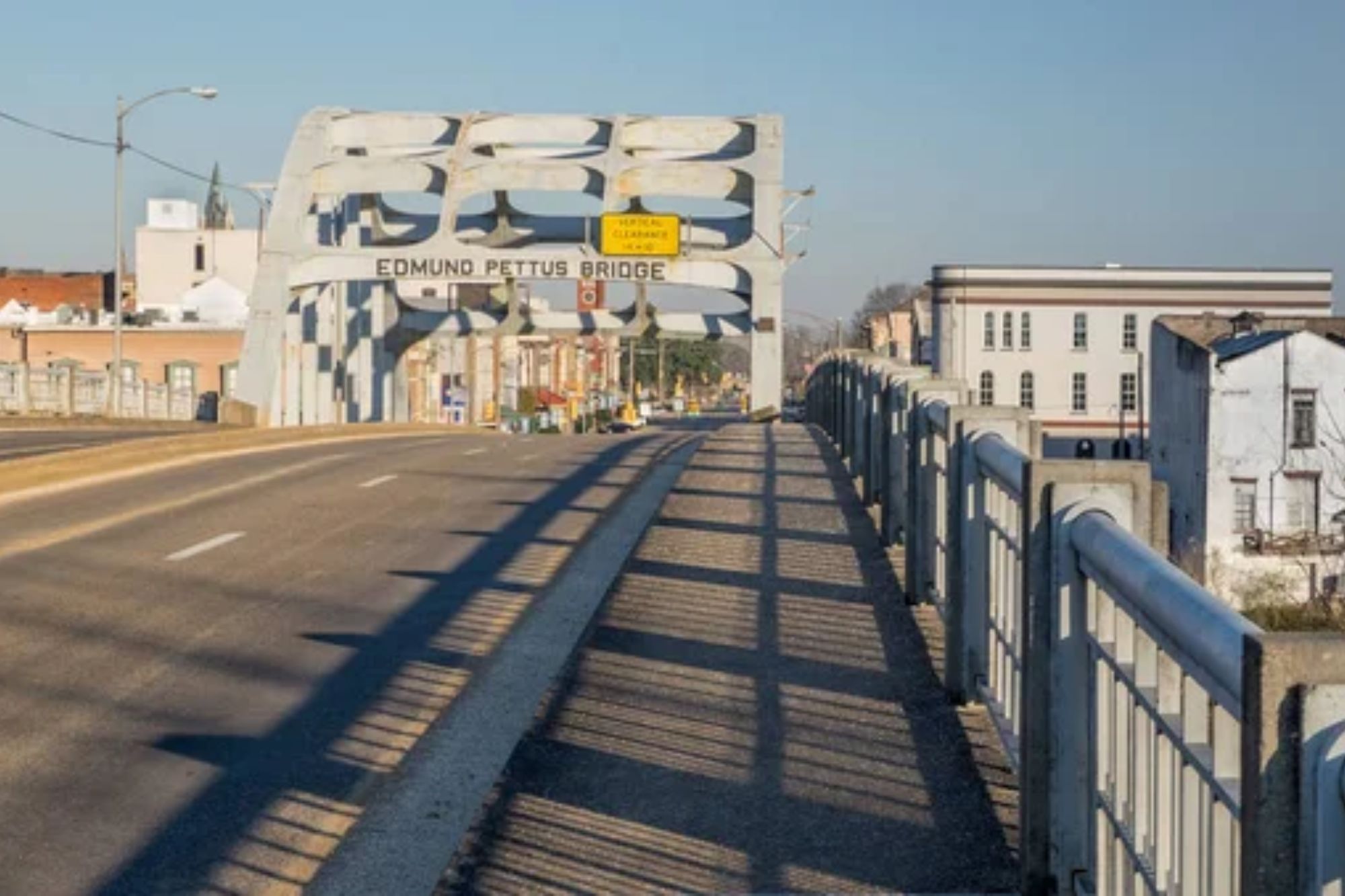
Selma’s Edmund Pettus Bridge spans the Alabama River where peaceful marchers faced violent attacks on Bloody Sunday in 1965, creating television images that shocked the nation and galvanized support for voting rights legislation. The concrete arch remains unchanged since that March day when John Lewis and others were beaten for demanding the right to vote.
Walking across the bridge today, visitors can imagine the courage required to face mounted police and tear gas while maintaining a commitment to nonviolent protest. The annual commemoration march draws thousands who cross the bridge to honor those who fought for voting rights that many now take for granted.
16th Street Baptist Church
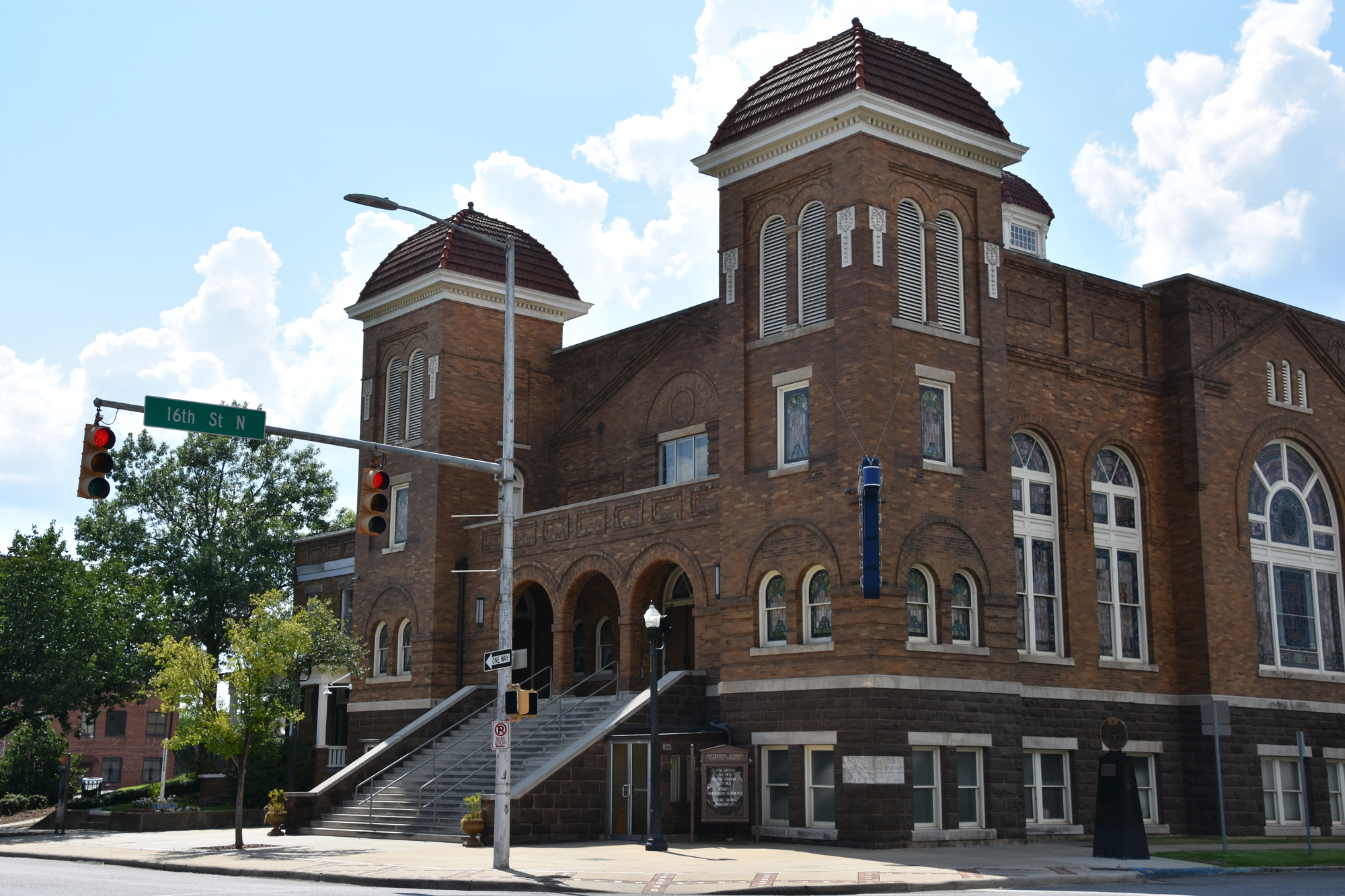
Birmingham’s 16th Street Baptist Church stands as both a symbol of resistance and a memorial to innocence lost when four young girls died in a 1963 bombing that horrified the world. The church had served as a meeting place for civil rights organizers, making it a target for white supremacists who hoped to intimidate the movement.
Today, visitors can see the rebuilt sanctuary and memorial windows that honor Addie Mae Collins, Cynthia Wesley, Carole Robertson, and Denise McNair. The church continues to serve its congregation while educating visitors about the price of progress and the ongoing need for vigilance against hatred.
Like Travel Pug’s content? Follow us on MSN.
Little Rock Central High School
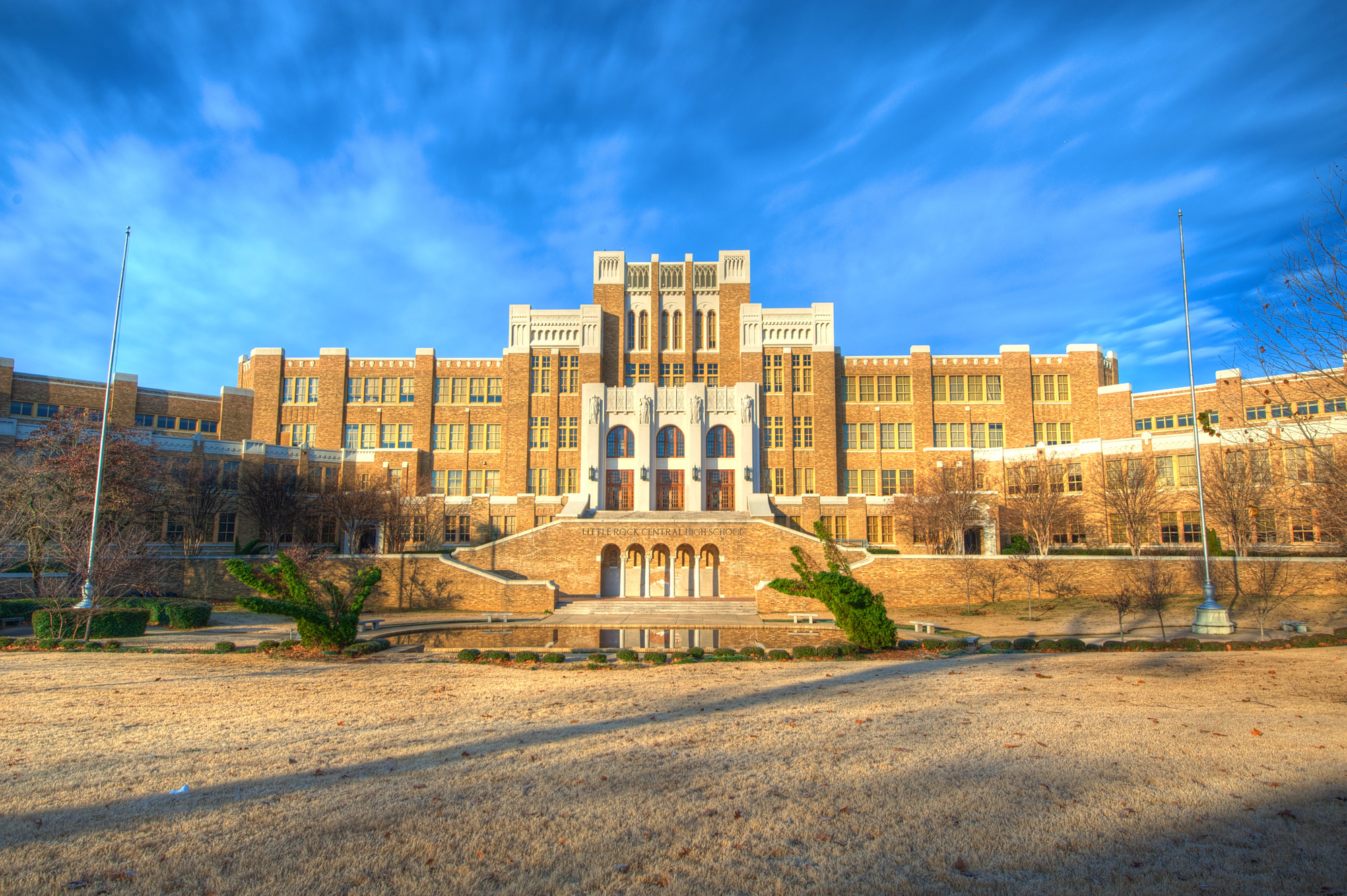
Arkansas’s Little Rock Central High School became the focal point of school integration battles when nine African American students faced violent mobs in 1957 while trying to attend classes. Federal troops eventually escorted the Little Rock Nine through crowds of angry protesters who opposed the racial integration of public schools.
The beautiful Art Deco building still functions as a working high school while the visitor center across the street tells the story of students who risked their safety for educational opportunity. Their courage opened doors for countless others while demonstrating that young people can be powerful agents of social change.
Moynihan Train Hall at Penn Station

New York’s Penn Station area includes the site where A. Philip Randolph organized the Brotherhood of Sleeping Car Porters, the first successful African American labor union. Randolph’s organizing efforts in this transportation hub helped establish the foundation for later civil rights victories by proving that African Americans could build powerful organizations.
The modern train station bustles with travelers who may not realize they’re passing through a landmark of labor organizing that connected civil rights to economic justice. Randolph’s legacy demonstrates how workplace organizing can become a pathway to broader social change.
Freedom Riders Museum
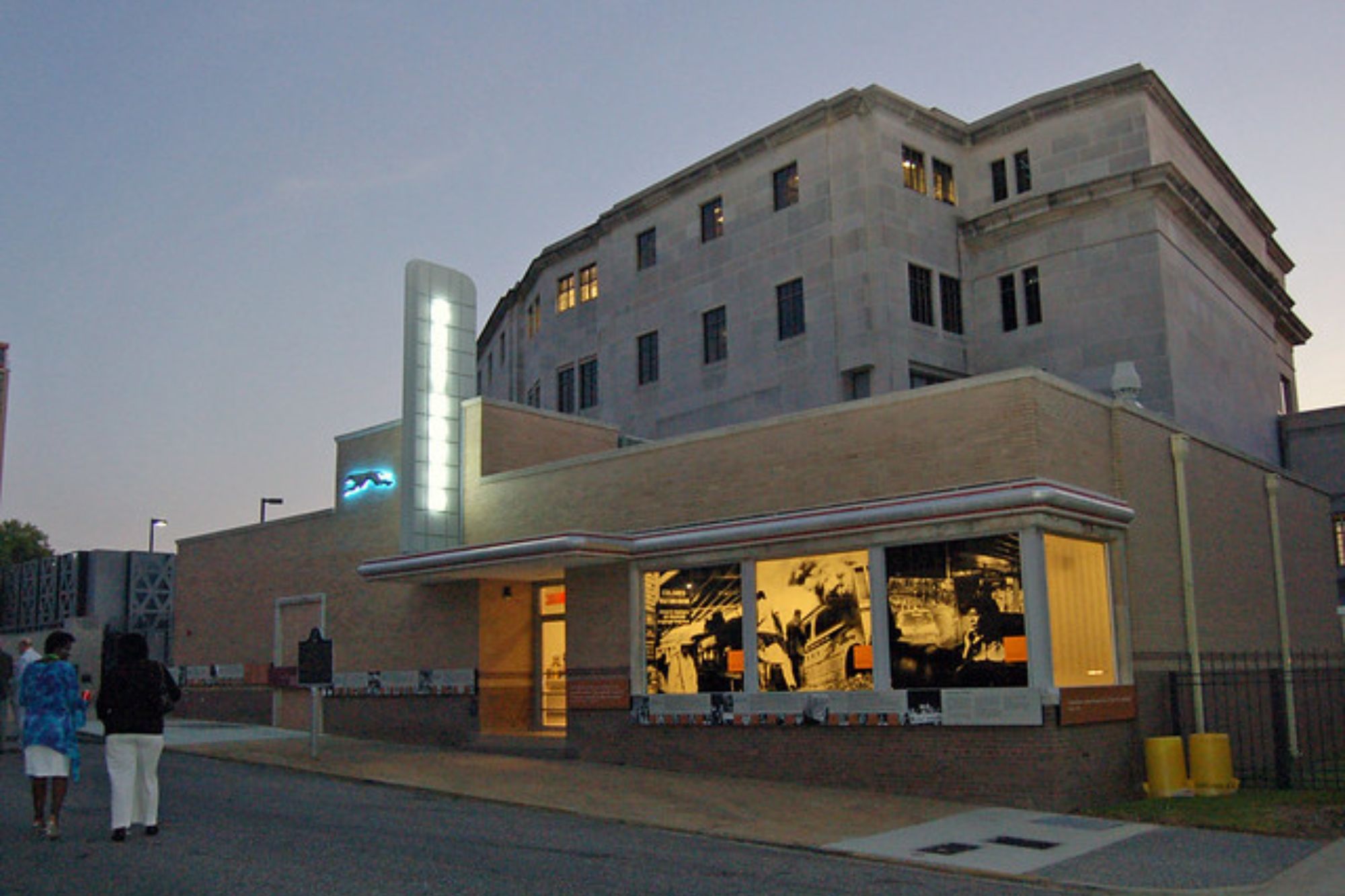
Montgomery’s Freedom Riders Museum occupies the former Greyhound bus station where interstate travelers challenged segregation by refusing to accept separate facilities for different races. The building preserves the original waiting rooms, restrooms, and lunch counter that were segregated until brave riders integrated them through nonviolent resistance.
Interactive exhibits help visitors understand the planning and coordination required to sustain the Freedom Rides across multiple states despite violent opposition. The museum shows how transportation became a battlefield for civil rights and how ordinary citizens used interstate travel to challenge local segregation laws.
Like Travel Pug’s content? Follow us on MSN.
National Civil Rights Museum
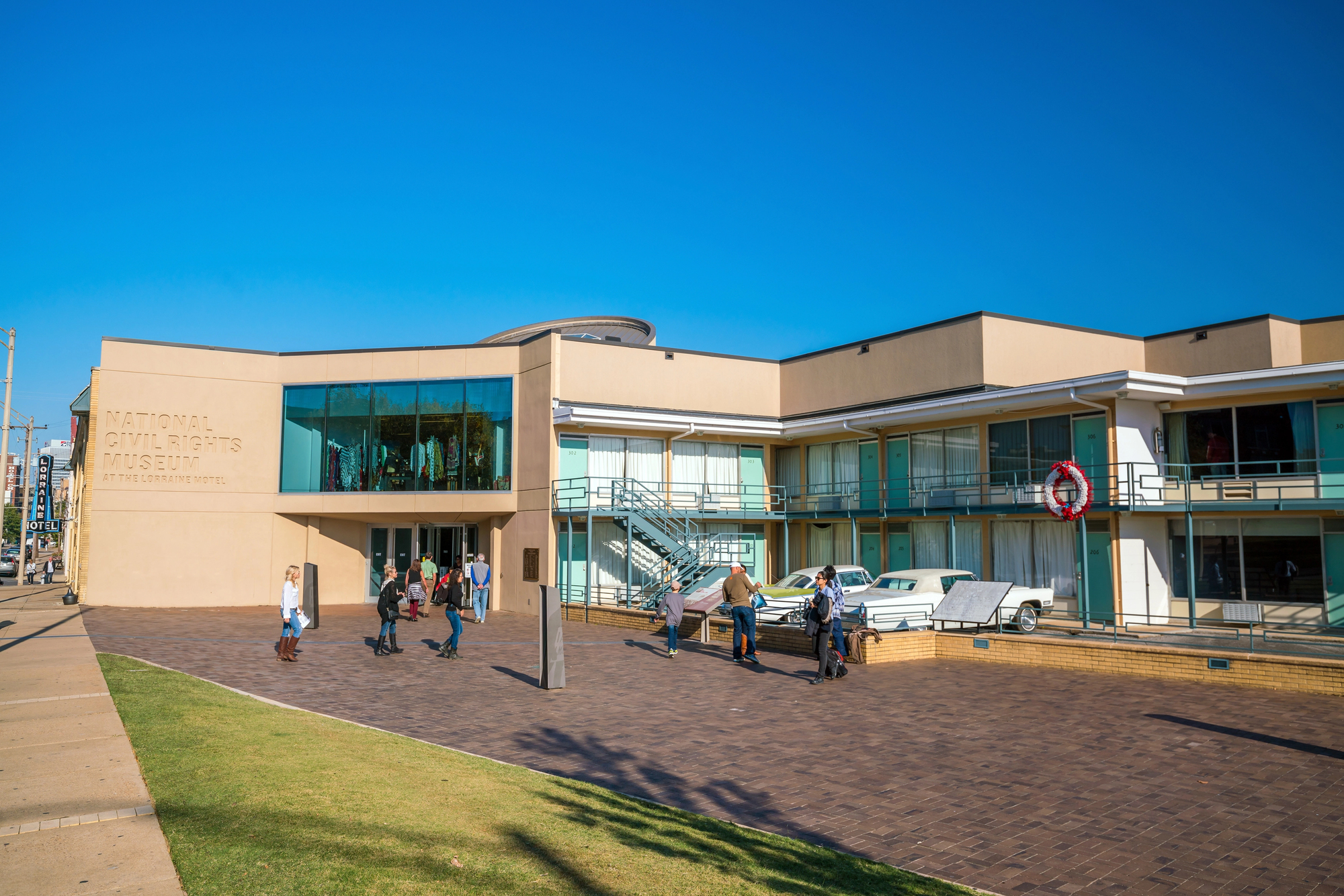
Memphis’s National Civil Rights Museum encompasses the Lorraine Motel, where Martin Luther King Jr. was assassinated in 1968 while supporting striking sanitation workers. The museum preserves Room 306, where King stayed while expanding its exhibits to tell the broader story of civil rights struggles from slavery through contemporary times.
Visitors can stand on the balcony where King was shot while learning about the Memphis sanitation strike that brought him to the city. The museum demonstrates how individual tragedy can become a catalyst for institutional change while honoring the ongoing work of achieving equality.
Ruby Bridges Elementary School
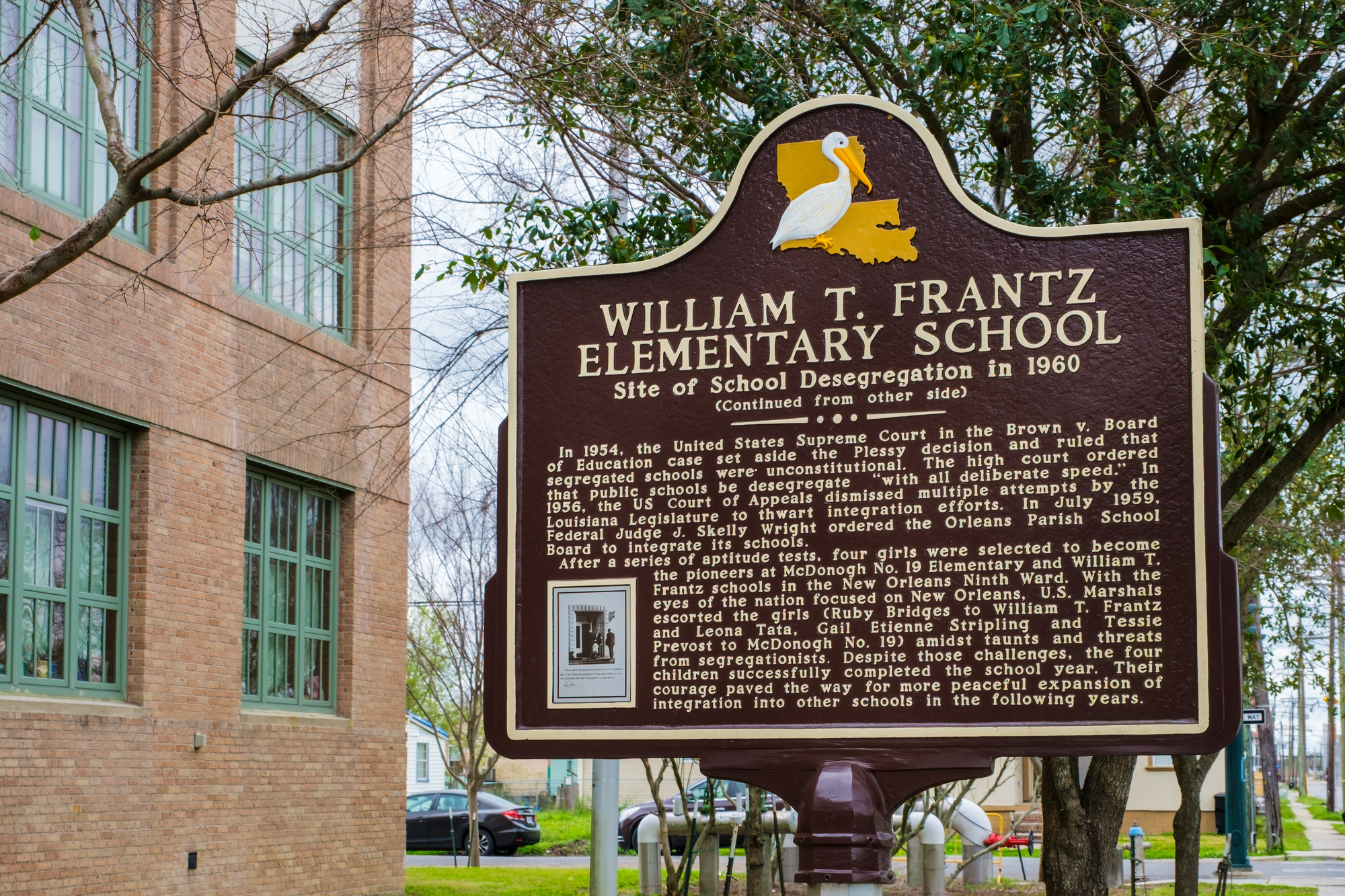
New Orleans’s William Frantz Elementary School, now Ruby Bridges Elementary, was where six-year-old Ruby Bridges became the first African American child to integrate an all-white elementary school in the South. The small brick building seems ordinary until visitors realize they’re seeing the school where one child’s courage opened educational opportunities for millions of others.
Ruby’s daily walk past angry crowds required federal marshals for protection, while demonstrating that integration often depended on the bravery of children and their families. The school continues to educate students while serving as a reminder that progress often requires individuals to take extraordinary personal risks.
Rosa Parks Museum
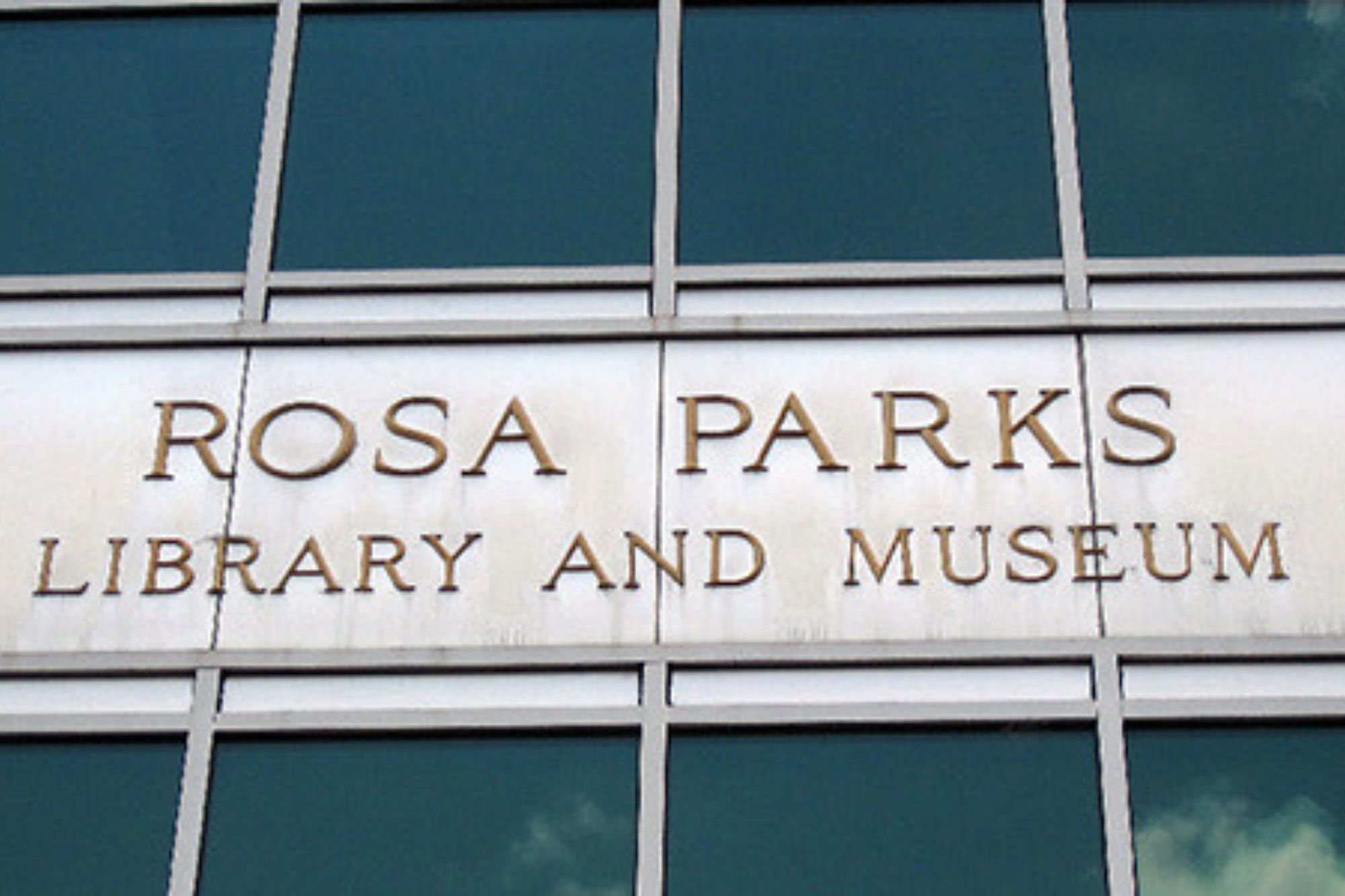
Montgomery’s Rosa Parks Museum marks the location where Parks refused to give up her bus seat, sparking the Montgomery Bus Boycott that lasted 381 days and established boycotts as an effective form of protest. The museum includes a replica of the bus where Parks made her historic stand while telling the larger story of the boycott that brought Martin Luther King Jr. to national prominence.
Interactive exhibits help visitors understand the planning and sacrifice required to sustain a year-long boycott that economically pressured the city to change its discriminatory policies. Parks’s individual act of defiance became a community movement that proved ordinary people could challenge unjust systems through collective action.
Like Travel Pug’s content? Follow us on MSN.
Highlander Folk School
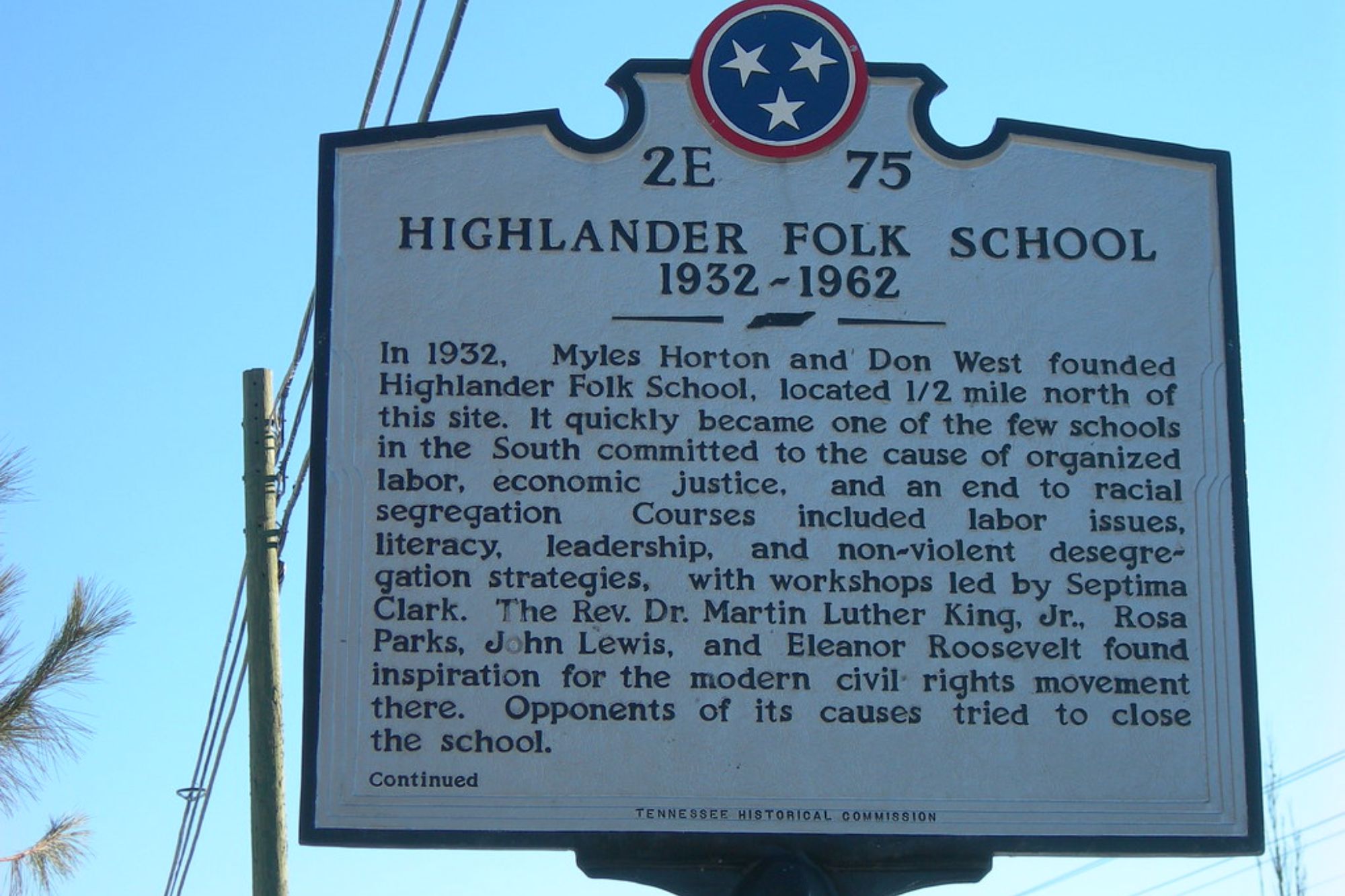
Tennessee’s Highlander Folk School trained many civil rights leaders, including Rosa Parks, in organizing techniques and nonviolent resistance strategies that became central to the movement’s success. The remote mountain location provided a safe space where black and white activists could meet and plan strategies without facing the violence they encountered in other locations.
Today, the school continues its mission of training community organizers while preserving the history of its role in preparing leaders for the challenges they would face. The school demonstrates how education and training can multiply the effectiveness of social movements.
Green Book Sites

Locations across the country preserve sites listed in the Green Book, the travel guide that helped African American travelers find safe accommodations during the era of segregated public facilities. These hotels, restaurants, and gas stations created a parallel travel network that allowed black families to navigate a hostile landscape while maintaining their dignity.
Many former Green Book sites now serve as museums or historical markers that remind visitors how segregation affected every aspect of daily life. The network demonstrates the entrepreneurial spirit that flourished within segregated communities, while highlighting the comprehensive nature of institutional discrimination.
Highlander Research and Education Center
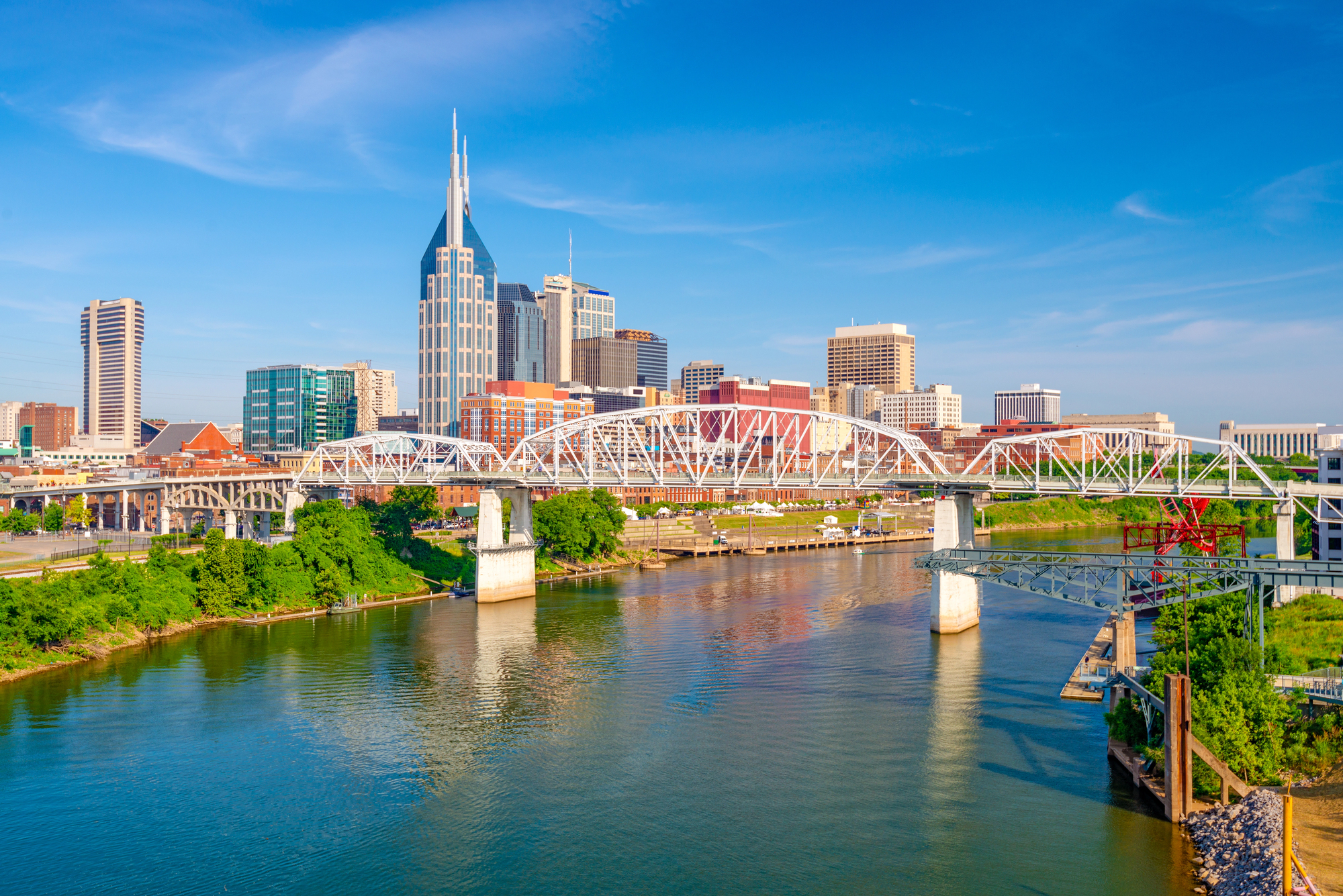
The current Highlander Research and Education Center in Tennessee continues the legacy of training community organizers while serving as a living memorial to the original school’s role in preparing civil rights leaders. Workshops and programs address contemporary issues like environmental justice and economic inequality while maintaining connections to the organizing traditions that powered the civil rights movement.
Visitors can participate in programs that demonstrate how the techniques developed during the civil rights era continue to inform modern social justice movements. The center proves that the struggle for equality requires ongoing education and organizing rather than relying on past victories.
Like Travel Pug’s content? Follow us on MSN.
Freedom Summer Sites
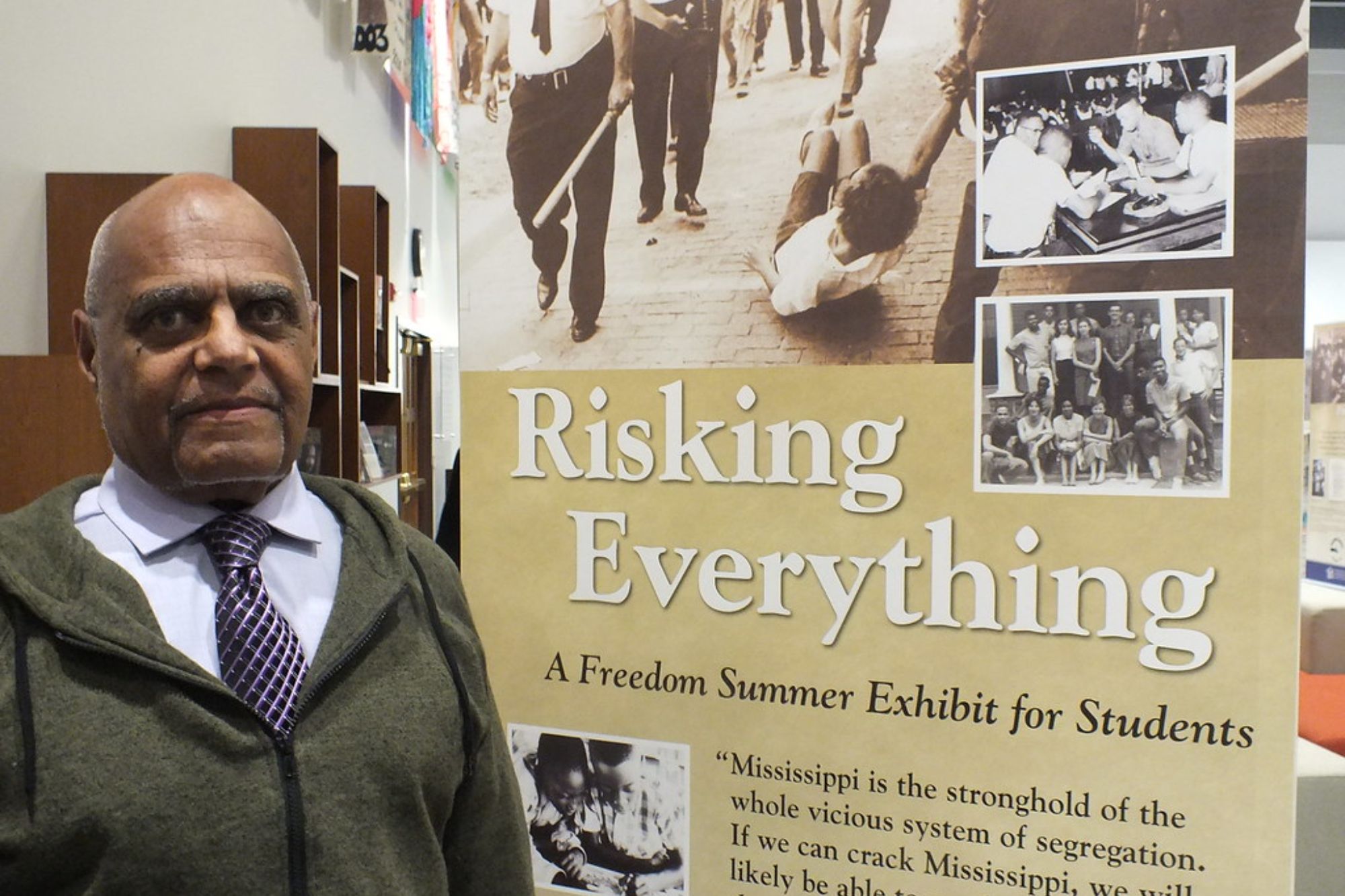
Mississippi locations associated with Freedom Summer 1964 include community centers, churches, and former voter registration offices where volunteers faced violent opposition while working to register African American voters. These scattered sites across the state tell the story of a coordinated campaign that brought national attention to voting rights violations in the Deep South.
Many buildings still bear the scars of firebombs and shootings that targeted civil rights workers, while others have been restored as museums and memorials. The sites demonstrate how sustained organizing and outside support could challenge local power structures that seemed impregnable.
Koinonia Farm
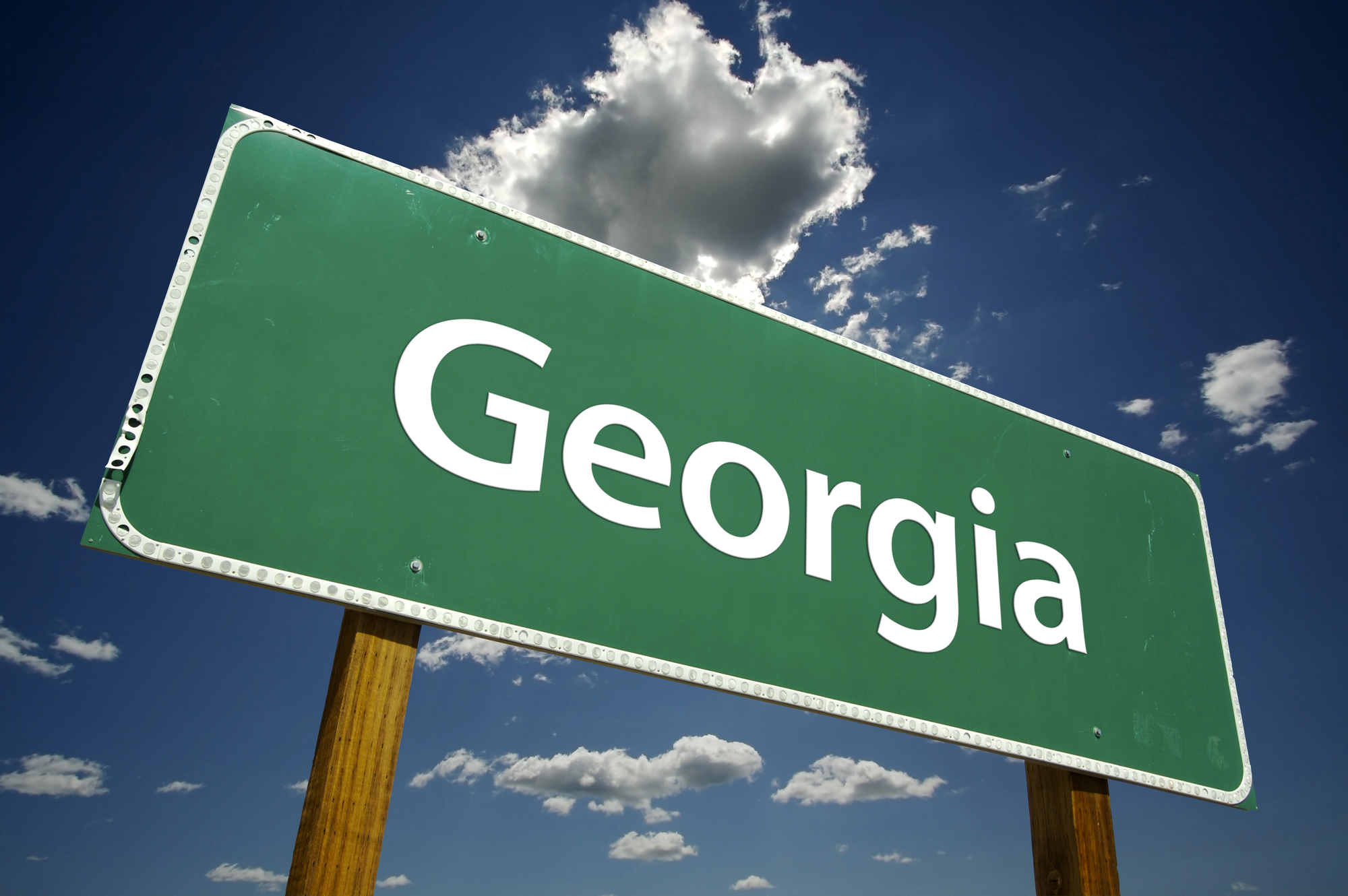
Georgia’s Koinonia Farm provided a model of integrated community living that influenced civil rights leaders while facing violent attacks from neighbors who opposed racial mixing. The intentional community combined farming with social justice work, proving that integration could work in practice while inspiring other experiments in cooperative living.
Today, visitors can tour the farm and learn about its continuing mission of addressing poverty and racial reconciliation through agricultural work and community organizing. The farm demonstrates how alternative economic models can support social justice while providing practical examples of racial cooperation.
Southern Poverty Law Center
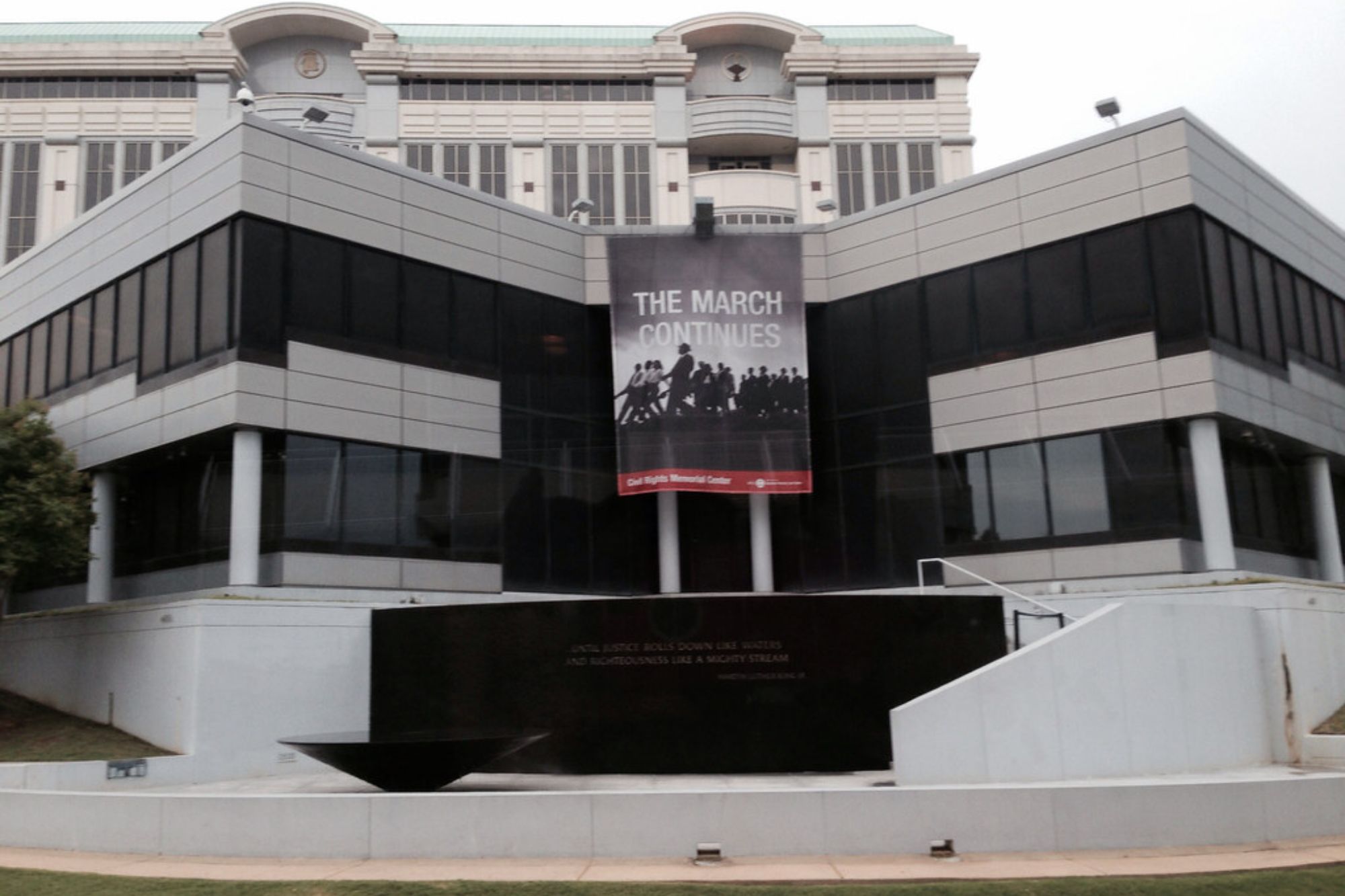
Alabama’s Southern Poverty Law Center in Montgomery includes the Civil Rights Memorial designed by Maya Lin to honor those who died in the struggle for civil rights. The circular black granite memorial lists the names of individuals killed for their civil rights work while water flows continuously over the inscribed words from King’s ‘I Have a Dream’ speech.
Visitors often leave flowers or other tributes while reflecting on the personal cost of social change. The memorial serves as both a place of mourning and inspiration, reminding visitors that progress requires sacrifice while encouraging continued commitment to justice.
Like Travel Pug’s content? Follow us on MSN.
International Civil Rights Museum
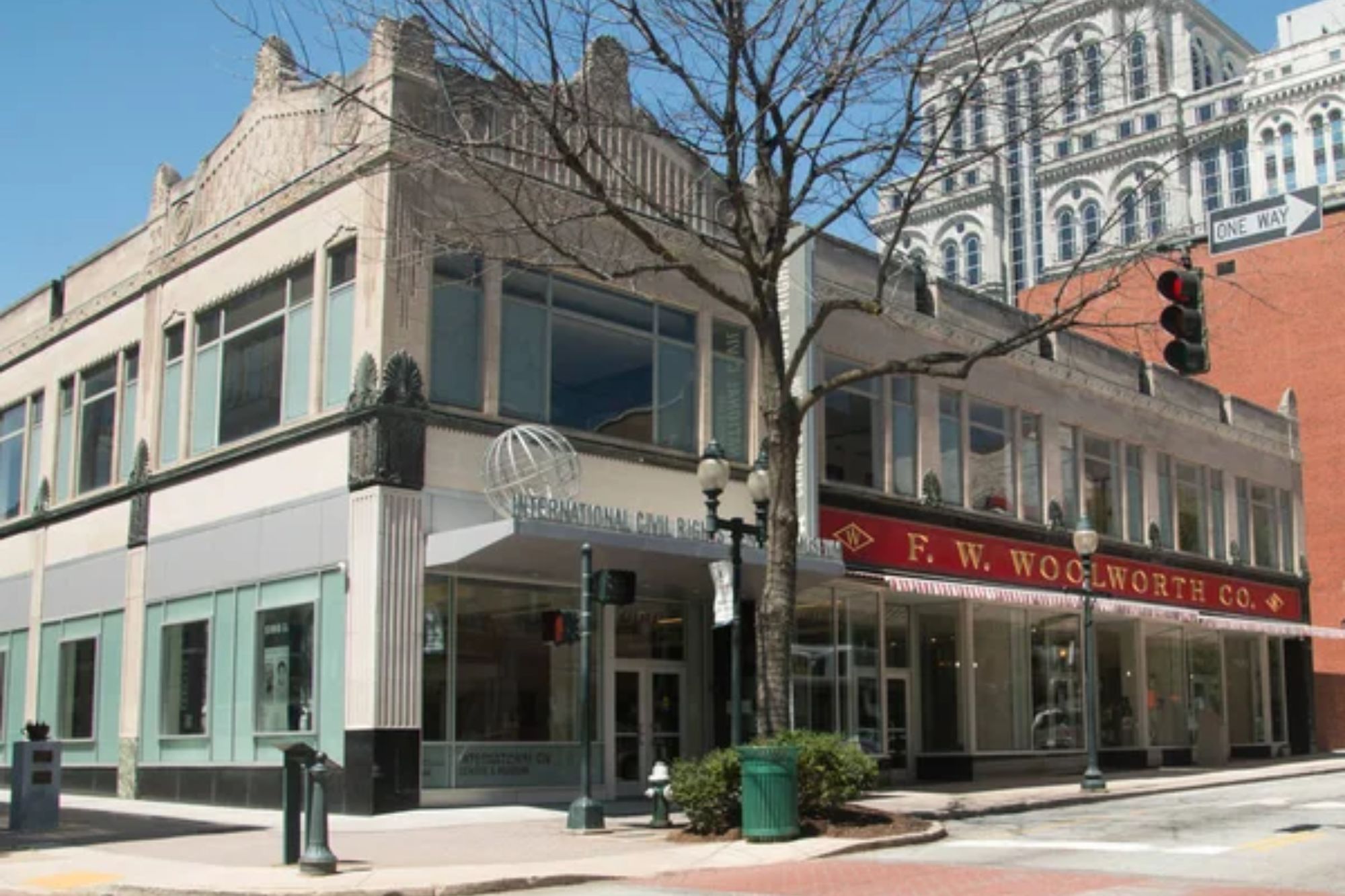
North Carolina’s International Civil Rights Center and Museum occupies the former Woolworth’s building in Greensboro, where four college students sat at the whites-only lunch counter in 1960, sparking sit-ins across the South. The museum preserves the original lunch counter while expanding the story to include global human rights struggles.
Visitors can sit at the same counter where the Greensboro Four faced harassment and arrest while learning about similar protests that spread to hundreds of cities. The museum demonstrates how local actions can inspire national movements while connecting American civil rights struggles to worldwide efforts for human dignity.
Medgar Evers Home Museum
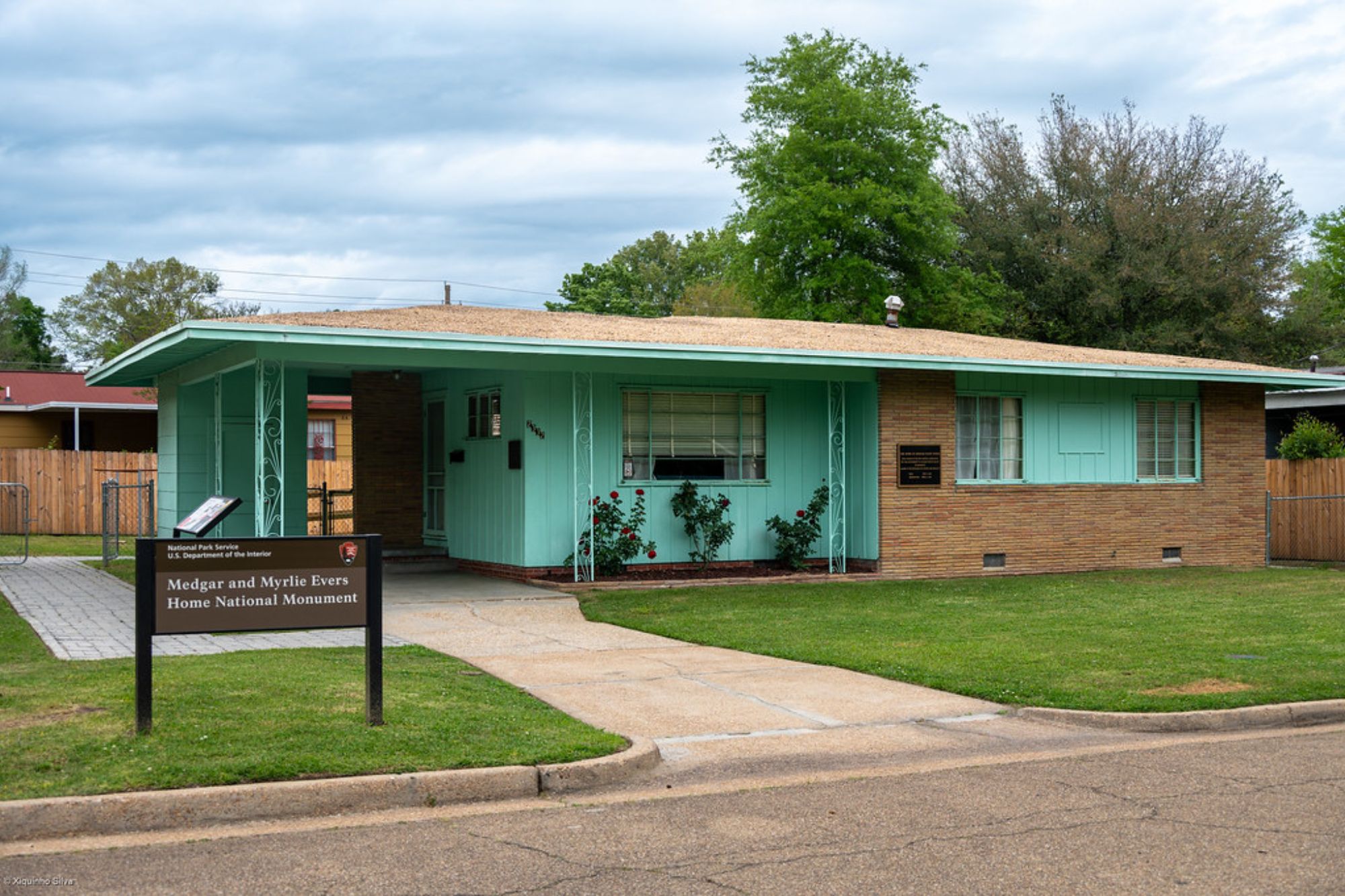
Mississippi’s Medgar Evers Home Museum preserves the Jackson house where the NAACP field secretary lived with his family until his assassination in 1963. The modest ranch home provides intimate glimpses into the daily life of a civil rights leader while highlighting the risks faced by families committed to social change.
Visitors can see Evers’s home office and learn about his work documenting violence against African Americans while organizing voter registration drives. The museum reminds visitors that civil rights leaders were ordinary people with families who chose to risk everything for the chance to create a more just society.
Bridges We Still Cross

These landmarks remind us that civil rights victories required countless individual acts of courage that gradually built into movements powerful enough to change laws and transform communities. What began as personal decisions to resist injustice became collective efforts that challenged institutional discrimination while inspiring similar movements around the world.
Today, these sites serve multiple purposes as historical preserves, educational centers, and inspiration for contemporary activists working on unfinished business from the civil rights era. The physical places where history happened continue to teach lessons about the power of organized resistance, the importance of sustained commitment, and the ongoing nature of the struggle for equality that remains relevant for every generation of Americans.
More from Travel Pug

- Cities Growing so Fast You Won’t Recognize Them in 10 Years
- 13 Destinations Where Tourists Regularly Regret Their Trip
- 16 U.S. Cities That Are Quietly Becoming Travel Hotspots
- Where to Travel If You Love Long Bus Rides and Daydreams
- 20 Cities Perfect for Solo Travelers Who Crave Adventure & Culture
Like Travel Pug’s content? Follow us on MSN.
